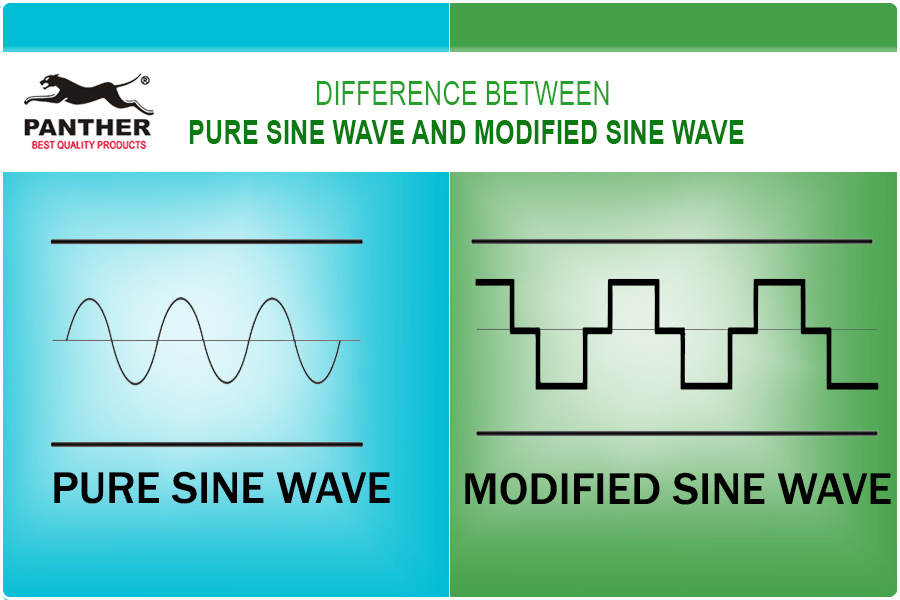
Table of Contents
Both pure sine wave inverters and modified sine wave inverters convert DC power (from batteries) into what approximates as AC power supply (similar to what comes out of our home and business power outlets).
So, what’s the difference between the two?
And are there any significant tradeoffs in choosing one over the other?
What are the differences between a pure sine wave and modified sine wave?
There are three main differences between a pure sine wave inverter and a modified sine wave inverter, namely across:
- Cost of the Inverter
- Efficiency to run the plugged-in device
- Level of Interference Present
Cost
Since modified sine waves are simpler to produce (with less components) compared to pure sine wave, a modified sine wave inverter is typically cheaper
Efficiency
Modified sine wave produces “choppy” power compared to the pure sine wave that more closely mimics the typical power supply from our outlets. As such, appliances plugged in to a modified sine wave inverter may be forced to run less efficiently – using up to 30% more power, and unable to run at full capacity. This could cause a buildup of excess waste heat that may damage the equipment in the long-run.
Interference
Pure sine wave’s output voltage waveform has very low harmonic distortion and is similar to the power supplied from our home/business outlets.
In contrast, the additional harmonics present in a modified sine wave could result in interference when powering clocks and audio devices like radios. As such, this may result in a “buzz” sound during operation
To make an analogy, you can imagine using a modified sine wave as similar to running a car with octagonal wheels. In contrast, using a pure sine wave inverter would be similar to running a car with round wheels.
In the modified sine wave case, the car still works. However, the ride itself can be pretty rough and may poorly affect the car occupants if they are particularly sensitive
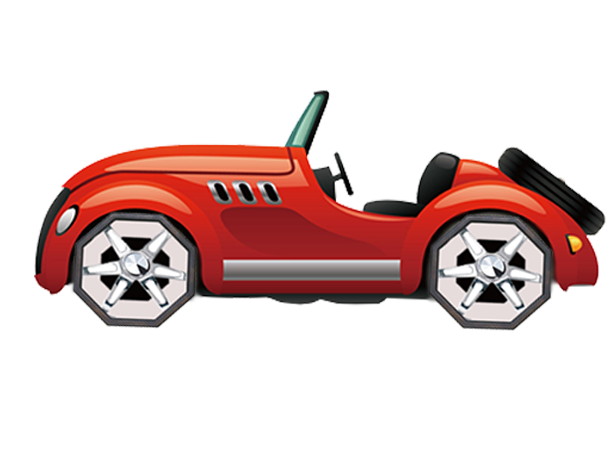
Does your appliance require pure sine wave?
Note that today, most consumer electronics work perfectly fine with modified sine wave inverters. However, certain devices are still not compatible. Some useful questions you can ask to determine if you need a pure sine wave inverter are as follows:
- Is my device a lighting apparatus that makes use of electronic ballasts, e.g., fluorescent lights?
- Is my device a delicate piece of medical equipment, e.g., oxygen concentrators?
- Is my device a clock or audio device, e.g., radios, digital clocks with radios?
- Does my device make use of induction type technology, e.g., induction cooker?
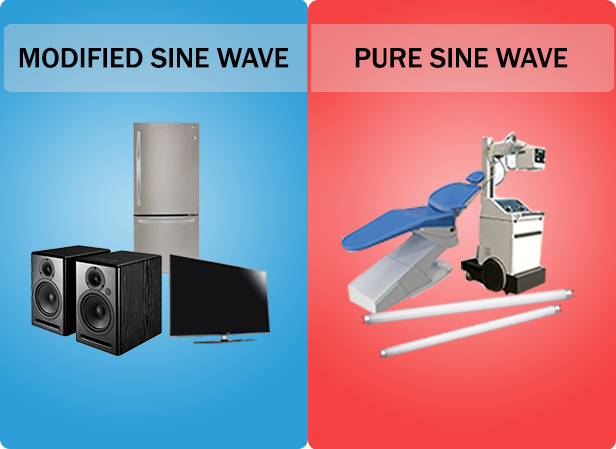
If you answered yes to any of the above questions, then you may need a pure sine wave inverter.
Using a modified sine wave inverter in these cases may result in:
- Devices running at much higher temperature than the norm (due to less efficient operations),
- A constant “buzz” sound due to interference, or
- Damaged equipment in the long-run,
If you answered no to all of the above, then a modified sine wave inverter would probably suffice.
Keep in mind that these questions are simply guidelines on which devices most commonly require pure sine wave power supply. In reality, each device manufacturer may place different requirements depending on how they designed the device.
When in doubt, it is still best to reach out to your device supplier to determine your device’s actual requirements
Don’t be mistaken though, in every single situation, a pure sine wave inverter is always better (since it mimics the typical power supply from the outlets).
So, if you have the money to burn?
Feel free to purchase a pure sine wave inverter regardless. Just keep in mind that for most consumer electronics, a modified sine wave inverter works pretty well and doing so would save you a huge chunk of money.
In this article, we’ve discussed:
- Difference between pure sine wave power inverter vs modified sine wave power inverter, across:
- Cost
- Efficiency
- Interference
- Appliances that require pure sine wave to function
Interested to purchase a Power Inverter?
Below is the full list of models under the Panther Power Inverter Product series. For a full comprehensive guide on what to consider when purchasing a Power Inverter, you can also check out our Buyer’s Guide for Purchasing Power Inverters
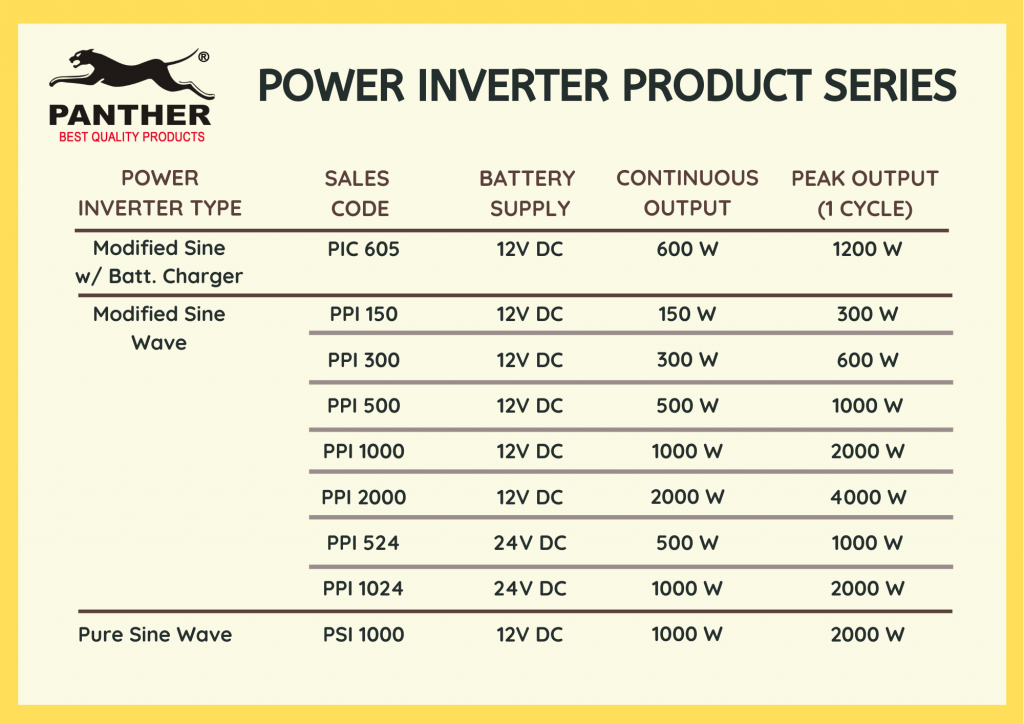

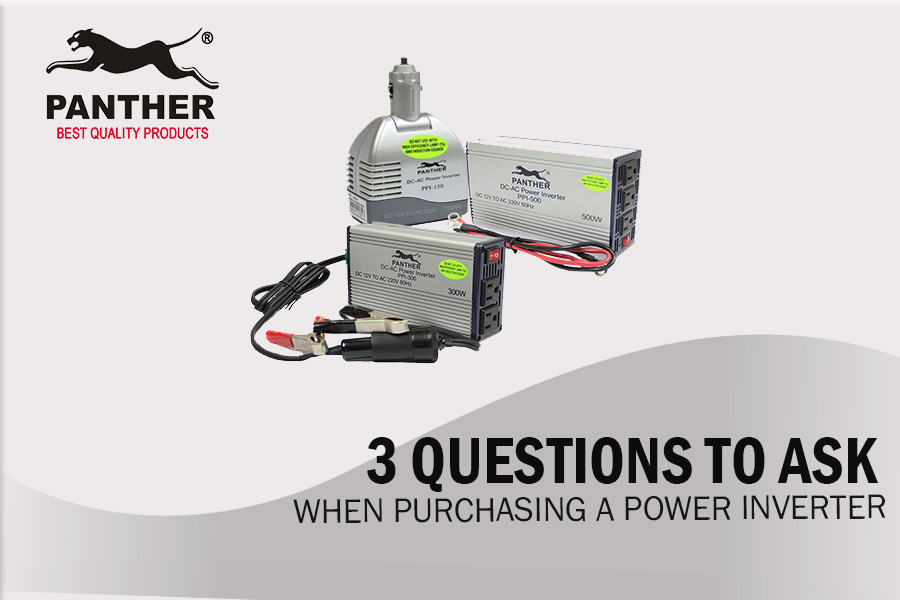
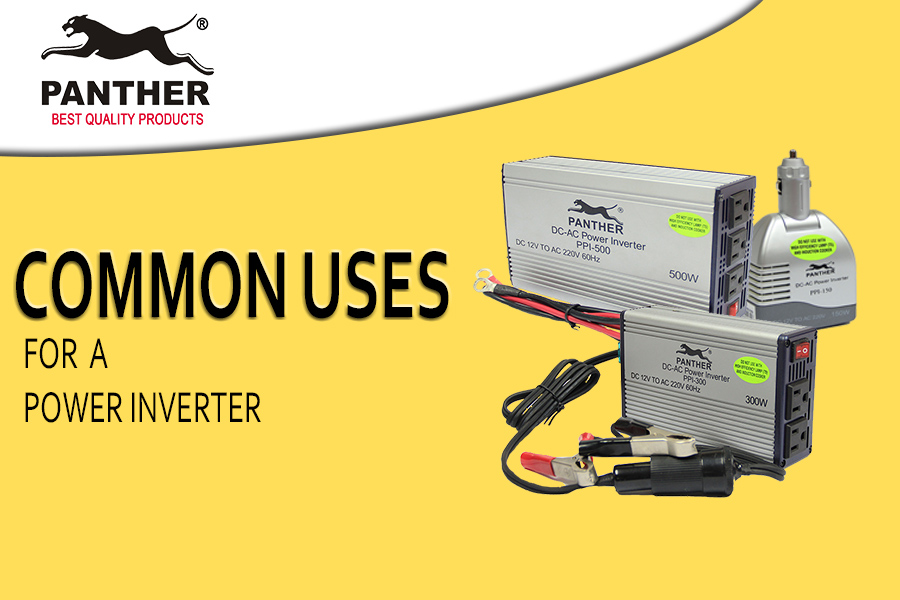
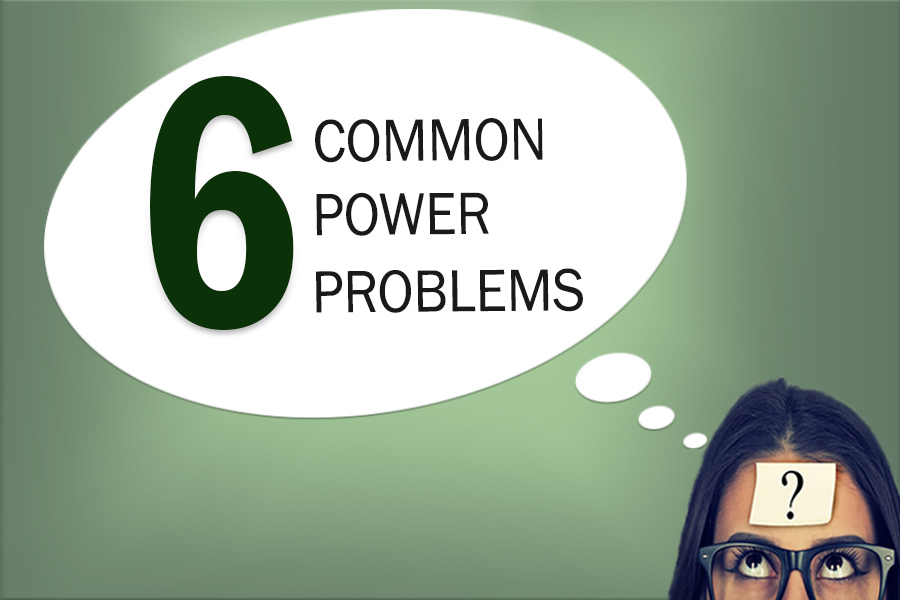
Dear Webmaster,
I have read your post. So good!
I’m make a video about pure sine wave and modified sine wave. So, I can to use one Photo (first photo) on your post?
Thank so much!
Good day! We are happy to hear our article was helpful to you.
You may use our photos, kindly just attribute back to our article and website. Thank you!
I look forward for your 2000 watt pure sine wave power inverter for my induction stove and turbo broiler that both have 1800 watt. Other products misdeclared their true capacity.
Good day! We’re happy to hear you want to purchase Panther Best Quality products. Unfortunately, the 2000 watts inverter we currently have is for Modified Sine Wave output only: https://panther.ph/product/ppi-2000-power-inverter
We aim to expand our product offerings in the future to better meet our customer’s needs. Stay tuned, and perhaps we’ll be offering a 2000 Watts Pure Sine Wave Inverter soon <3